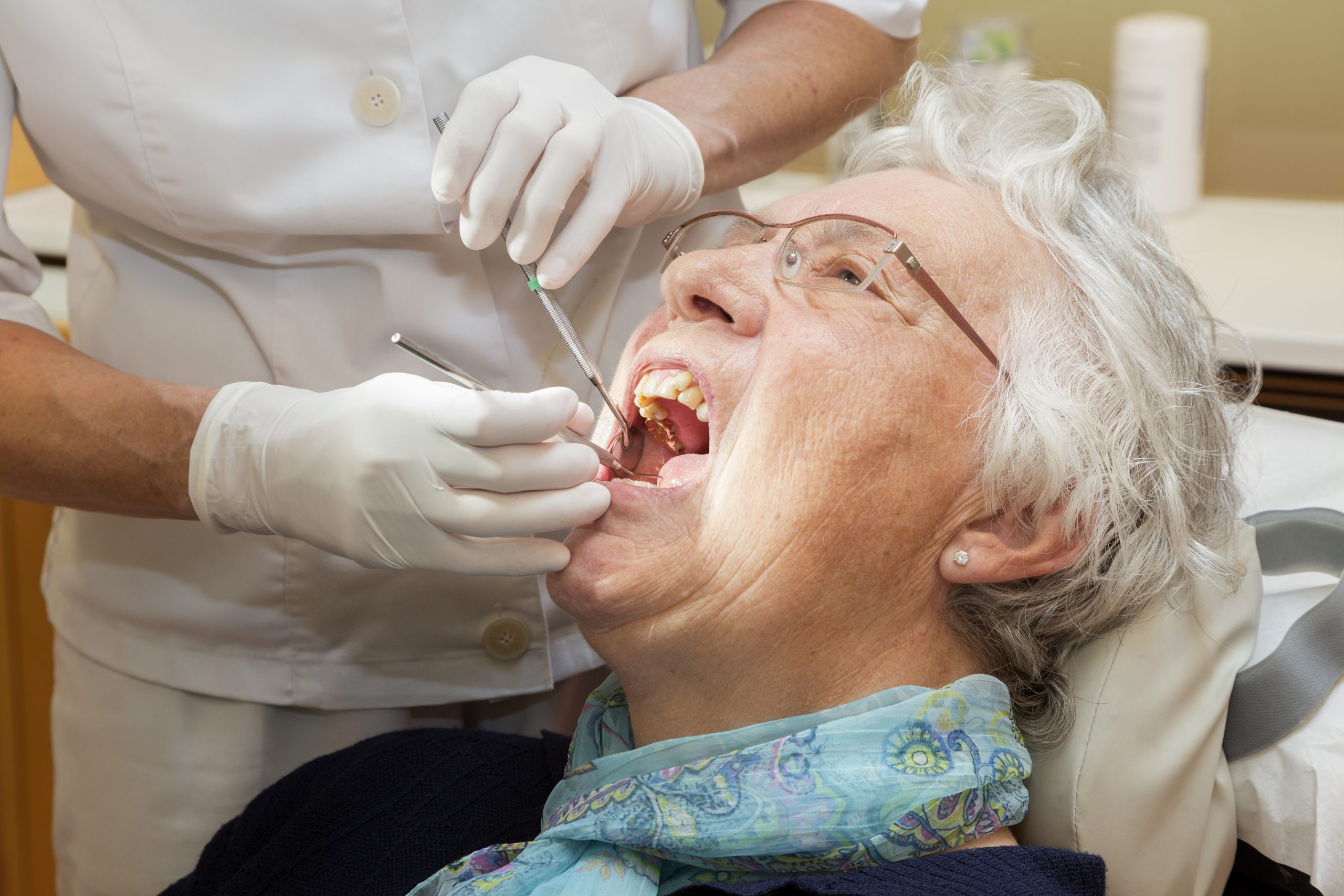
WellSpan Health has received a five-year, $2.2 million grant from the Health Resources and Services Administration to fund its Access to Dental program and launch a new mobile clinic aimed at serving long-term care facilities. According to the company, this money will improve access to dental services for vulnerable, underserved, and rural populations across south central Pennsylvania.
“WellSpan is always striving to find a better way to serve our communities and adopt new ways of delivering healthcare to those who need it most,” said Victoria Diamond, senior vice president for the central region of WellSpan Health and president of WellSpan York Hospital.
“With this grant, we will design and implement a program offering that can serve as a model for others. We want physicians and community advocates across the country to look at our program in five years and say, ‘This innovation in clinical service is something that we can reproduce here in our own community,” Diamond said.
The mobile dental clinic will begin treating patients in multiple counties served by WellSpan by the end of 2020. The grant also will be used to improve access to dental services by expanding the dental residency program provided at WellSpan York Hospital Dental Center and its satellite site, the Hoodner Dental Center, in York.
“We know that access to healthcare can be a problem for many,” said Craig Pate, DMD, residency program director at WellSpan Hospital Dental Center. “A lot of rural communities have limited dental care options, and some patients have to travel over an hour to receive care.”
Part of the grant will be used to develop a Dental Healthcare Coordinator position, which will provide education and preventive services including cleanings, radiographs, and dental sealants. The coordinator also will complete oral exams in conjunction with a dentist via teledentistry.
“The Dental Health Coordinator will be a public health hygienist,” said Pate. “That person would go out into these communities and provide care. We want to create bridges to these groups, to take down barriers to care, so it’s easier for them to get the dental care they need.”
The goal is to engage with long-term care facilities as well as with federally qualified health centers, establishing new dental-related partnerships.
“We’re also trying to increase cultural diversity in the residency program itself,” said Pate. “At the end of five years, I hope we are able to create a more diverse residency, creating ambassadors that can promote dental health and dental care across all communities. We want to use this program to help as many people as possible get access to quality dental care.”
Related Articles
Online Benefit Auction to Spotlight Pandemic Products
Columbia Dental Students Focus on Community Outreach
Massachusetts Tops List of States With the Best Healthcare












